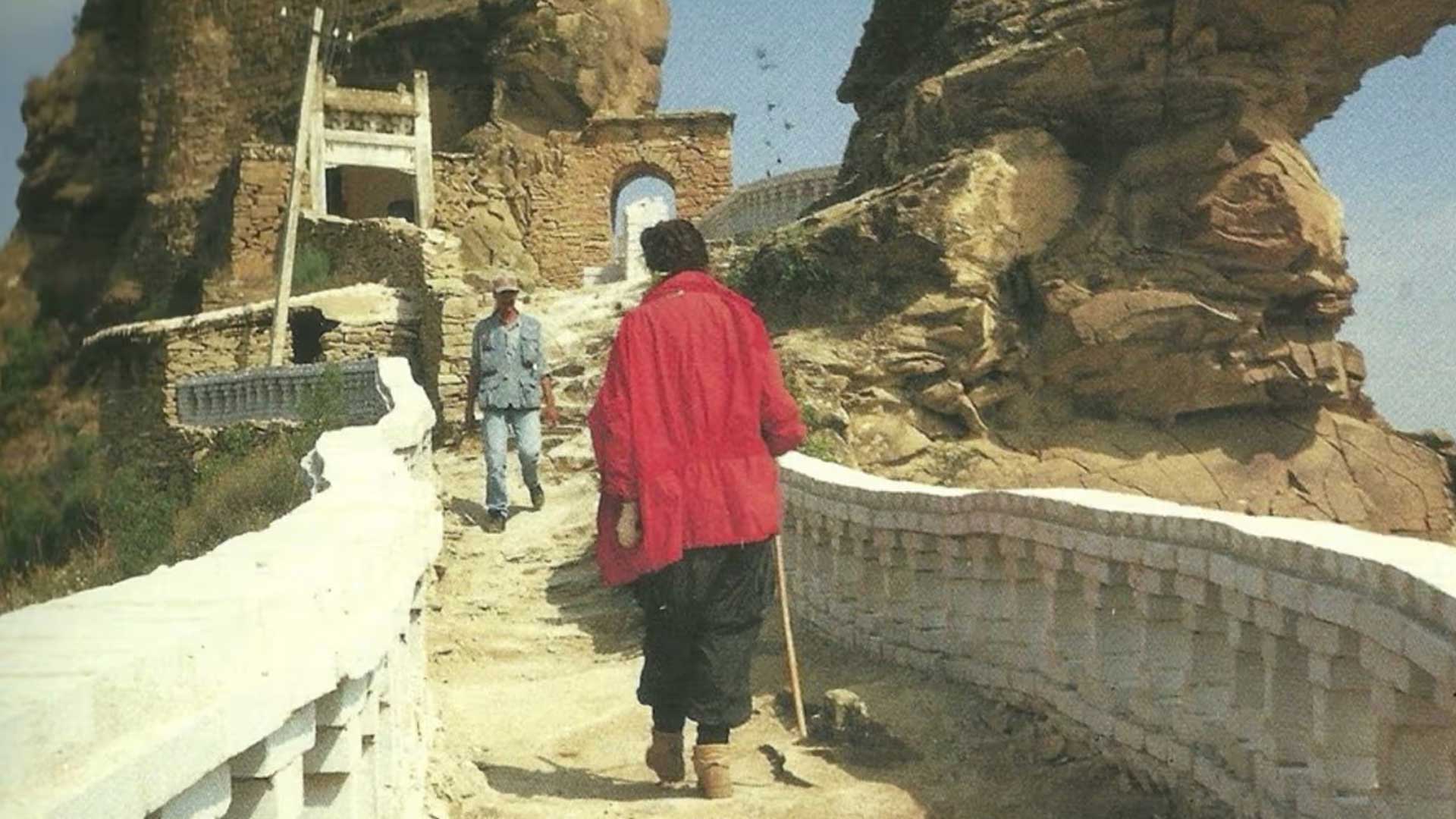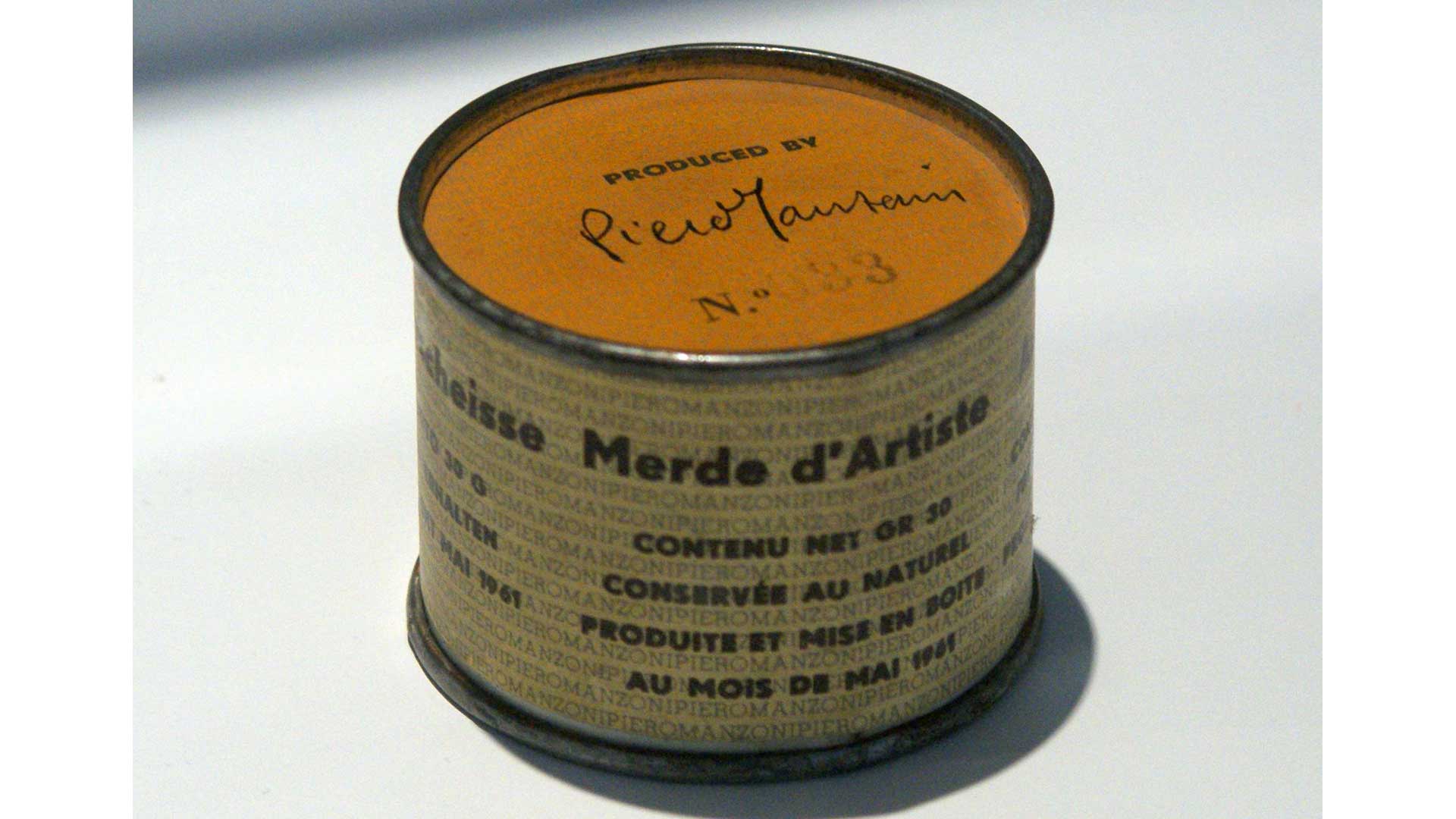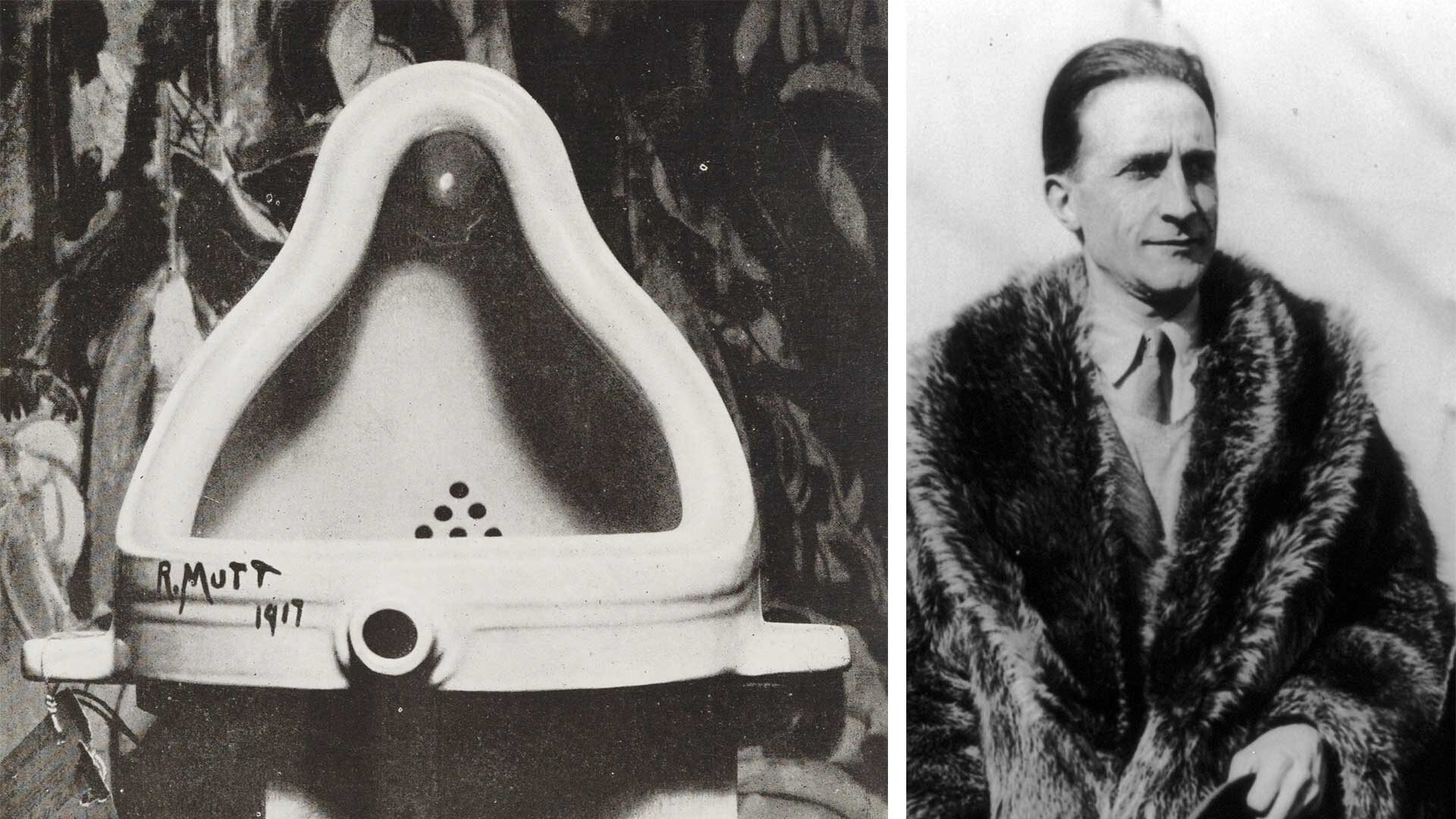The letter that the Art Critic Julian Spalding sent to the National Gallery in London a few days ago to encourage the museum to exhibit works dated beyond 1900, triggered a profound reflection on the pigeonholing of Contemporary Art into a very specific time period. Does it still make sense to make distinctions with Modern Art and, above all, to exhibit them in such different contexts? The thoughts of Massimo Gianquitto.
Contemporary Art and Modern Art, How Languages Change
Since Art as an expressive form has started to go beyond its boundaries by using elements from other disciplines, for example dance, music or video – which do not belong to the traditionally visual arts and which have taken the stage in the art at the end of the 1950s with Happenings, performances and Environments – our era has seen the emergence of many technical approaches. More and more often we hear about “cross pollination” between languages.
Moving from one art to another, the hierarchies of the past fall, so the use of an ephemeral action as a medium has the same value as a video, and an installation as a sculpture, even with the parallel survival of other means traditional. Art is constantly evolving because it tells of the evolving human being, so discoveries age rapidly and make obsolete what years before was considered a new medium.
Modernity and contemporaneity are often confused and there is no shared opinion on their chronological succession. In language these two terms are often used as synonyms even if (as in architecture) they indicate completely different periods, movements and styles. Arthur Coleman Danto, one of the most influential philosophers and art critic of the 20th century who focused part of his studies on periodization, identifies the Modern era from 1880 to the 1960s, when the stylistic features of modern art become recognizable..
Arthur Coleman Danto’s Vision

According to him, the Contemporary era, unlike the Modern one, begins quietly without slogans or symbols, without awareness of what is happening. In fact, contemporary art does not take sides against that of the past and does not even perceive it as a limit from which to emancipate itself. The different artistic expressions are available to the artist, free to draw from universal tradition and the avant-garde and do not create stylistic uniformity, eschewing a standardized language.
Contemporary art has no univocal direction, but pluralistic ways of expressing itself, both in intentions and in the tools and methods of creating the works: everything can become art. There are no forbidden forms, no unique ideals of purity and perfection, not even an authentic form that art must embody at all times.
But When Does Contemporary Art Begin?

Massimo Gianquitto indicates to further narrow the period, stating that contemporary art begins with the disruptive assertions of Marcel Duchamp. In fact, with him beauty ceases to be a requirement of a work of art, thanks to Ready Made series, which goes beyond the concept of cultured, educated, trained art. The artist’s work doesn’t consist in his manual ability but in the ideas that he manages to propose. In 1917 Duchamp transformed a urinal, a product from the industrial world, into a work of art, assigning it the title “Fountain”. Traditional sculpture is swept away in a second as happened a few years earlier (1913) with “Bicycle Wheel”.
Adopting this criterion, as the critic Francesco Bonami claims in his article “From the urinal to the oral: the end of contemporary art” – the urinal is that of Duchamp from 1917, the oral is that of the German artist Tino Sehgal – the works of the latter artist become conceptual. People talking inside a museum, telling stories or explaining theories, making only gestures, instruction provided by the artist: here we are talking about the dissolution of the work of art and the end of Contemporaneity, which perhaps returns precisely to beginning, to oral tradition.
Therefore, the idea feared by Julian Spalding for the National Gallery in London is based on the assumption of the art critic, who states: “sooner or later there will be a crisis and we will radically rethink how we look at images of the past”. According to Il Post, Alex Kidson, art curator of the Walk Art Gallery in Liverpool, agrees and recommends moving the 1900 threshold to at least the end of the Second World War. Whatever the dates that are agreed upon, rethinking the relationship between contemporary art and modern art can be an interesting key to reinterpretino the past and imagining the future of this discipline.
